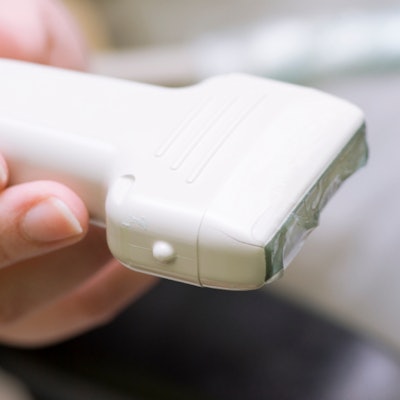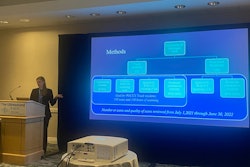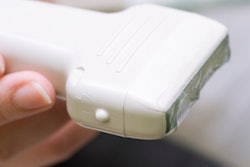
Using point-of-care ultrasound (POCUS) in the emergency department can result in significant cost savings by avoiding unnecessary follow-up tests and helping clinicians make good treatment decisions, according to a study published in the August issue of the Journal of Ultrasound in Medicine.
POCUS offers emergency departments a number of benefits, wrote a team led by Graham Van Schaik of the Harvard Business School in Boston.
"Providers' use of and competency with ultrasonography can yield benefits not only for patient care but also for direct and indirect cost savings at the institutional and national levels," the group wrote (J Ultrasound Med, August 2019, Vol. 38:8, pp. 2133-2140).
POCUS is becoming an increasingly essential part of emergency medicine and can reduce direct and indirect costs associated with diagnostic workups, the authors noted.
"In light of the established evidence about the clinical importance of ultrasonography use and its potential for cost saving, we sought to investigate emergency department physicians regarding the role of ultrasonography as a branch point in clinical decision making," Van Schaik and colleagues wrote.
The study included data from 15 nonconsecutive, eight-hour emergency department shifts at a 213-bed community hospital. The shifts occurred at all hours and days of the week over a three-month period.
Emergency physicians were interviewed about the role of POCUS in their clinical management decisions and also about any tests that were avoided because of its use. Van Schaik's group then calculated cost savings due to POCUS using data from the U.S. Centers for Medicare and Medicaid Services (CMS) and Fair Health.
Of 49 encounters over 15 shifts, POCUS contributed to a change in patient management in 16 (33%), including avoiding additional diagnostic tests, the group wrote. The researchers found the following:
- 29% of all POCUS encounters were for cardiac indications.
- 81% of the encounters that resulted in clinical management changes were for cardiac indications.
- 56% of these cardiac indications were for assessment of congestive heart failure.
Van Schaik and colleagues also found that, on average, POCUS eliminated $181.63 in additional testing for Medicare patients, $2,826.31 for out‐of‐network or uninsured patients, and $1,134.31 for privately insured patients. These differences were significant when the group compared the total cost of eliminated additional testing (due to a patient management change) to a baseline of no savings (p < 0.001).
| Cost savings when POCUS changed clinical management | |||
| Measure | Medicare | Out of network/ uninsured | Privately insured |
| Mean | $181.63 | $2,826.31 | $1,134,31 |
| Minimum | $40.21 | $823.00 | $322.00 |
| Maximum | $501.38 | $7,393.00 | $3,090.00 |
The study findings demonstrate that POCUS should be used more in community emergency departments, according to the researchers.
"Our research suggests that POCUS, when incorporated earlier and more frequently into community hospital emergency medicine diagnostic protocols, can lower these costs across payor classes," the team concluded.




















